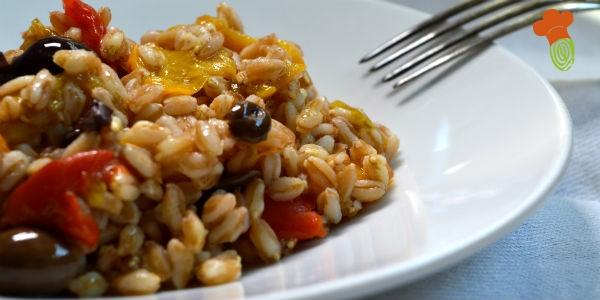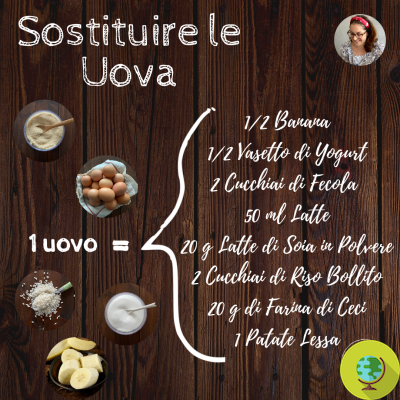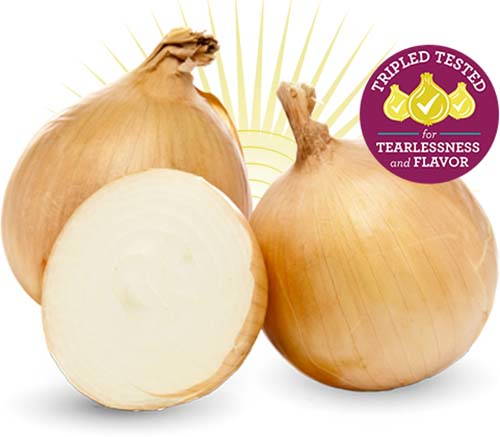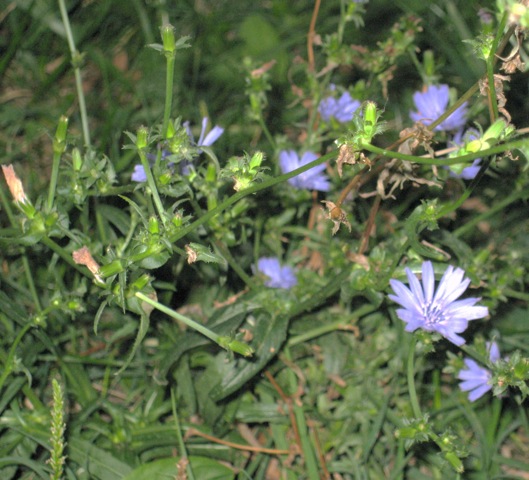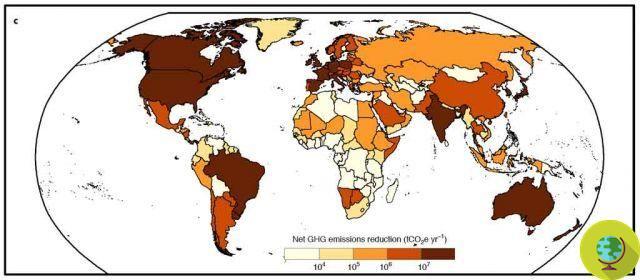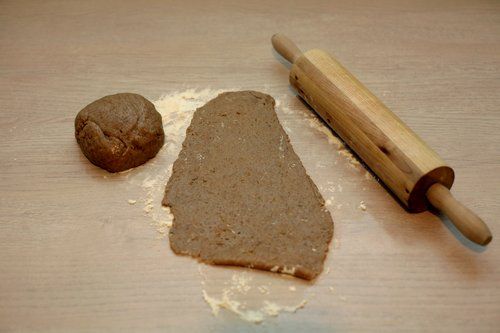
The EFSA authorization for its consumption represents a first step towards the use of this legume in meat substitute products
Don't store avocado like this: it's dangerousThe authorization of EFSA for the consumption in Europe of proteins extracted from mung bean represents a first step towards using this high protein legume in meat replacement products
The European Food Safety Authority (EFSA) has given the go-ahead in our continent to the production of vegetable proteins extracted from mung bean. Also known as green soybean or green azuki, the mung bean is part of the Fabaceae family (like soybeans, peanuts and lupins) and is widely used in the Asian continent for its high protein content - which makes it an attractive ingredient for cooking. vegan and, in particular, for the production of burgers and other meat substitutes, or as a substitute for eggs.
(Read also: Insects, ok from the EU for human consumption: mealworms approved for the first time)
The recognition now obtained by EFSA is only a first step towards the marketing of this food on our continent, and it does not yet represent an effective authorization for consumption: the opinions of other European bodies will in fact be required to decide on the conditions of use, marketing and labeling of the new product. For example, it is necessary to consider the possibility that the new food could cause allergic reactions - this is one of the information that must be clearly specified on the label before the sale of products based on this legume.
(Read also: Locusts for food use: after the moths, EFSA gives the green light to the consumption of these edible insects in Europe)
Mung beans are just one of the many novelty foods that have been approved for consumption in Europe in recent years - from insects to mushrooms to algae. In recent times, more and more attention has been given to proteins of vegetable origin (as in this case) with a view to a more sustainable diet with a lower impact on the environment: consider that, since the entry into force of the regulation on novel foods (2018), the food safety authority has received 186 requests for evaluation - of which about 10% concern vegetable proteins.
What are Mung Beans
Mung beans, or mungo beans, are also known as Indian beans or vigna beans (vigna radiata). They are mainly used in the preparation of soups and broths. They are originally from India, as one of the names by which they are called truthfully indicates. They are sometimes referred to as green soybeans, but they are not to be confused with yellow soybeans. Their seeds are smaller, different in color and belong to a different variety of legumes.
In the form of sprouts, they preserve their nutritional properties at their best and are enriched with precious beneficial substances, which would then be necessary for the growth of the plant. 100 grams of mung beans contain 23,86 grams of protein, 132 mg of calcium and 6,74 mg of iron.
Follow your Telegram | Instagram | Facebook | TikTok | Youtube
Fonte: European Food Safety Authority
We also recommend:
- Beans and lentils will save us! We need to grow more legumes to reduce pesticides and really feed the earth
- The 5 healthiest legumes on the planet
- Soy: the whole truth. Properties, benefits and why not abuse them

















